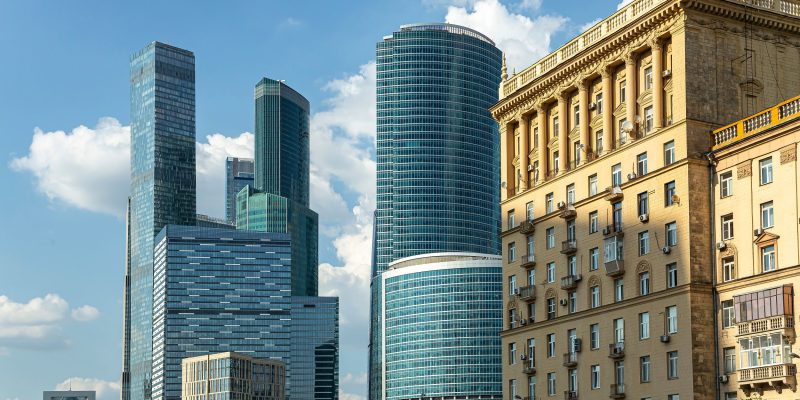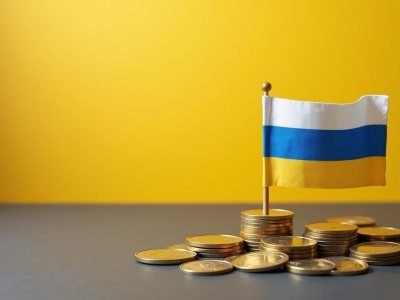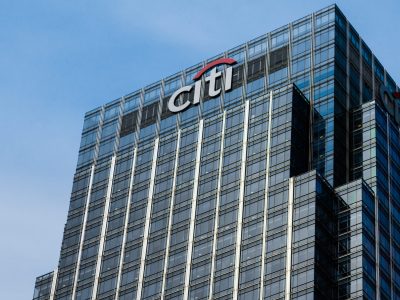
The departure of over 1,000 Western companies from Russia following its invasion of Ukraine has reshaped the country’s economic landscape.
US brands, from McDonald’s to ExxonMobil, exited either voluntarily or under regulatory pressure, with losses collectively exceeding $107 billion.
With global geopolitical tensions shifting, discussions on Western sanctions and market accessibility are resurfacing.
While some industry leaders foresee US businesses re-entering Russia under improved conditions, obstacles remain.
Asset seizures, reputational risks, and competitive pressures from domestic and Chinese companies have altered the investment climate.
The question now is whether US firms will return and, if so, which sectors will lead the way.
Russia’s market after US exits
Since the exodus of US firms, Russia has rapidly localized industries once dominated by Western brands.
McDonald’s, which sold its operations in 2022, now operates under the Russian-owned chain Vkusno & tochka, while Starbucks has been rebranded as Stars Coffee.
Similarly, the auto sector has seen a surge in Chinese manufacturers, filling the void left by brands like Renault and Mercedes-Benz.
Retail and food production have remained resilient, with some Western firms maintaining limited operations. Procter & Gamble and PepsiCo, for example, continued supplying essential goods, citing humanitarian needs.
Other sectors, such as financial services, remain inaccessible—Visa and Mastercard halted operations, forcing Russia to rely on its MIR payment system.
Which companies may return?
A key factor determining re-entry is Western sanctions, which currently restrict investment in critical sectors such as defense, aviation, and semiconductors.
US companies with business models less entangled in national security—such as consumer goods, pharmaceuticals, and food production—stand the best chance of returning if sanctions ease.
According to Kirill Dmitriev, head of the Russian Direct Investment Fund, some US firms may explore re-entry as early as the second quarter of next year.
Oil majors, including those with past investments in Russia, could also reconsider their position if geopolitical conditions improve.
As seen with BP and ExxonMobil’s costly exits, any return would involve overcoming significant regulatory and reputational challenges.
Barriers to re-entry
Even if sanctions loosen, the investment environment remains uncertain. Russia’s increased control over foreign assets has raised concerns among Western investors.
Many firms that exited were forced to sell at steep discounts, and recent asset seizures have deterred new investments.
The Kremlin’s decision to take control of Danish brewer Carlsberg’s Russian operations underscores the unpredictability of returning businesses.
Moreover, reputational risks could outweigh financial incentives. Companies that left Russia in response to the Ukraine invasion may struggle to justify a return if geopolitical tensions persist.
Consumer backlash, regulatory scrutiny, and the risk of further sanctions all contribute to the uncertainty surrounding US firms’ potential re-entry.
While market conditions in Russia continue evolving, a widespread return of US companies remains unlikely in the near term.
The combination of economic shifts, regulatory barriers, and reputational risks suggests that only select industries—particularly those tied to essential consumer goods—might consider re-establishing a presence.
Even in the event of diplomatic progress, the long-term impact of Russia’s economic restructuring, Chinese market dominance, and government asset controls will play a pivotal role in shaping Western firms’ decisions.
For now, the Russian market is adapting to its post-Western phase, and US companies face a complex decision on whether re-engagement is a viable path forward.
The post Will US companies return to Russia as market conditions shift? appeared first on Invezz









